First Mutual Holdings group CE Douglas Hoto yesterday reiterated, during an analysts briefing, the need by the company to strengthen its risk management process as part of the transformation process.
He said that "we continue to build the foundation of doing our business and in 2013 we introduced what is called the Actuarial Control cycle. Each insurance contract that we sell must have a premium for the risk, a premium for the expense and premium for the profit."
Hoto added that "…we will make sure that budgets follow the pricing of policies."
"This cycle is a proactive role where management of expenses must be derived from the expenses margins in the price of the product and the reserve that you set aside for future must be derived from the risk premium of the product."
The actuarial control cycle according to the group CE was a proactive role in aligning with global trends in anticipation of Solvency 11, Solvency Assessment Model and IFRS4.
"As a result of that we have significantly increased our reserves of the group. This increase is not an outflow but a direct debit on the income statement…," added Hoto.
Hoto told the meeting that the actuarial control cycle led to a total increase in reserves of $5.5 million mainly in the life business. The increase in reserves however led to a decline in overall earnings.
"…worth noting is that going forward we will be focussing on maintainable earnings. We believe that once we set up the foundation, these increases in risk reserves will be increasing with the growth in the business mainly at a decreasing rate. This should have been done when we dollarized."
He also mentioned that SECZ approved their asset management license which would allow the group to offer a wider spectrum of services to its clients.
"We are glad to report that we sought and got the permission to combine our reinsurance businesses into one which we shall call FMRE Reinsurance. The purpose of that is to make sure that the balance sheet strengthens and also to be able to match competition in the region. The combined capital is now $6.6million more than twice the regulatory minimum," he added.
Turning to the operational review, Hoto told the meeting that they met the "century target" of $100 million revenue.
"We managed to grow our income by 14% to $108.9 million way ahead of the $100 million target that we initially targeted last year."
The health insurance contributed 40% of the $101 million total gross premium whilst the trio of life assurance, reinsurance business and short term insurance accounted for 27%; 20% and 6% respectively.
"… short term insurance business was the only unit which recorded a negative 26% growth in revenues limiting the overall total income growth," added Hoto.
In FML Life, he said they were now separating contracts between insurance and investment. Both contracts recorded growth in income with investment contracts recording $15.8 million whilst insurance contracts weighed in $12.4 million.
"Risk movement for the life business was increased by $4.4 million in line with the actuarial control cycle compared to a negative movement of $11.9 million." Hoto mentioned that the collection rate in life business at 95% compared to 88% was very good.
In the health business, membership numbers rose to 107 796 from 79 242. Technical profits were down 92% to $1.4 million mainly dragged by the growth in claims.
"Claims in 2012 were abnormally low for the health business at 68% and as such they rose to 80%." He also noted that collection rate was good as they collected 95% of the total premiums compared to 87%.
In the reinsurance business in Zimbabwe, the claims ratio improved to 40% from 44% whilst the reinsurance ratio was down to 37% compared to 49%.
"The decline in the reinsurance ratio was due to the recapitalisation of these businesses during 2012 hence they had capacity to take on more business."
Technical profit of $1.1 million was recorded which compared favourably to a loss of $27 000 in prior year.
For the Botswana reinsurance unit, the reinsurance ratio also increased to 34% compared to 11%. Gross premium rose by 78% whilst the technical loss worsened by 175% to $265,000 as claims almost doubled to 41% from 21%.
FMRE Life and Health recorded a "modest growth" as he noted that this market was small. Gross premium written (GPW) was up 10% whilst a technical loss of $116,000 was recorded compared to $492,000 profit.
Hoto told the meeting that Tristar remained a problem child and they are now targeting to write low but profitable volumes compared to the old system of pushing volumes.
"We thus recorded an improvement in technical loss as it was reduced to $519,000 compared to a $832,000 loss in prior year."
Turning to the financial review, FD William Marere told the meeting that GPW rose by 14% to $101.1 million. Retrocessions were down 18% to $11.7 million due to the capitalisation of units done in 2012.
Resultantly net earned premium rose by 20% to $89.4 million.
Growth in investment income of 45% to $14.5 million mainly due to positive stock market movement and the growth in Pearl and other income led to an overall 22% growth in total income to $113.0 million according to the FD.
"Total expenses however grew 41% to $103.7million mainly due to huge growth in claims and commissions. Claims rose by 33% to $49.8 million driven largely by health business and also the incurred but not reported claims (IBNR) due to the actuarial control cycle," added Marere.
Overall the profit before share of associates was down by 52% to $9.4 million.
Marere told the meeting that a positive share from its associate (RTG) of $203 000 was recorded compared to a loss of $1.3 million owing to the recovery in that business.
After tax profits were thus 56% lower at $6.0 million.
Investment income rose by 45% to $14.5 million mainly driven by fair value gains on quoted equities which spiked by 3 151% from $123 000 to $4.0 million which is realised income.
"A 6% fair value gain on investment property to $8.1 million which emanated at Pearl also supported the growth in investment income," he added.
On the balance sheet, Marere disclosed that PPE went down by 44% to $12.1 million following the reclassification of owner-occupied offices mainly at J.Moyo offices after the relocation to head office.
"This means that the properties would now be classified under Investment properties which consequently rose by 24% to $115.6 million."
Cash and cash equivalents dropped by 24% to $18.4 million following the deposit payment of $4.1 million at Pearl for the purchase of the Golden Stairs land bank.
Total asset thus rose by 16% to $205.2 million.
"Shareholder risk reserves increased by 101% to $8.8 million due to strengthening of risk reserves," Marere said.
Turning to the outlook, Hoto told the meeting that they will continue to focus on controlling costs.
"All efforts are being made to control costs in light of this environment."
A dividend of about $400 000 which translates to a 4x cover was declared and "this payment shows the confidence that we have in the business."
He added that the search for a strategic partner was still on-going in the medium term as a way of boosting capital, skills, IT and product development.
"The asset management business will also be coming on stream in the second quarter," according to Hoto.
"We expect technical results of between 5-7% of GPW going forward whilst shareholder risk reserves will only increase in line with increase in business."
- zfn
 Mutodi apologises to Guvamatanga
Mutodi apologises to Guvamatanga  South African ambassador falls to death from Paris hotel room
South African ambassador falls to death from Paris hotel room  India dumps US Treasury bills
India dumps US Treasury bills  Zimbabwe's dollar stock exchange surges 45%
Zimbabwe's dollar stock exchange surges 45%  Gold edges up as traders await guidance
Gold edges up as traders await guidance  Zimbabwe gold prices move to 118.26 per gram
Zimbabwe gold prices move to 118.26 per gram  Young Investment Professional (YIP) Graduate Programme 2019
Young Investment Professional (YIP) Graduate Programme 2019 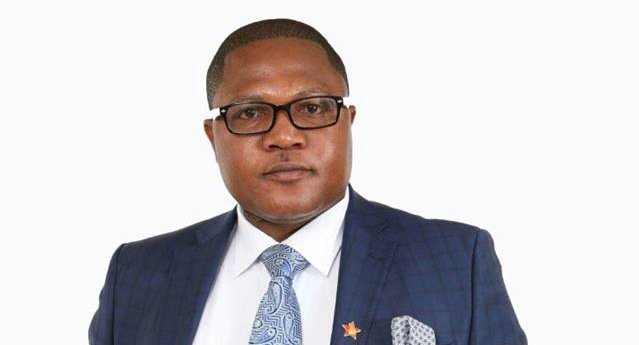
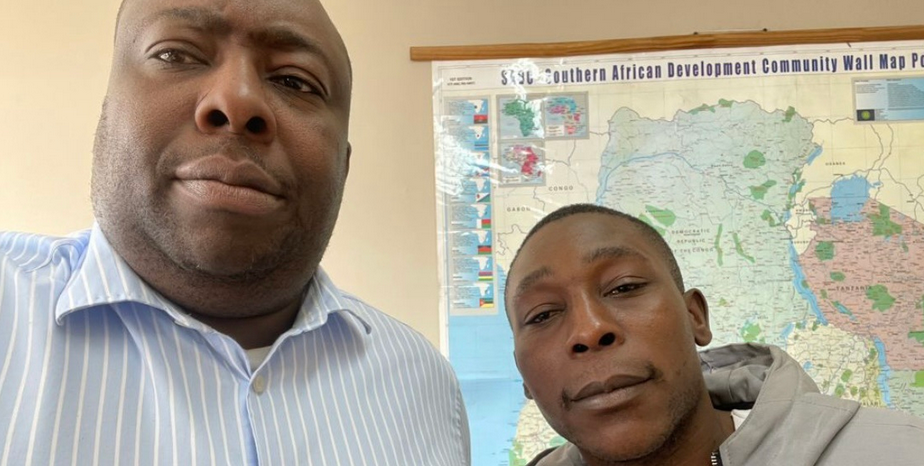
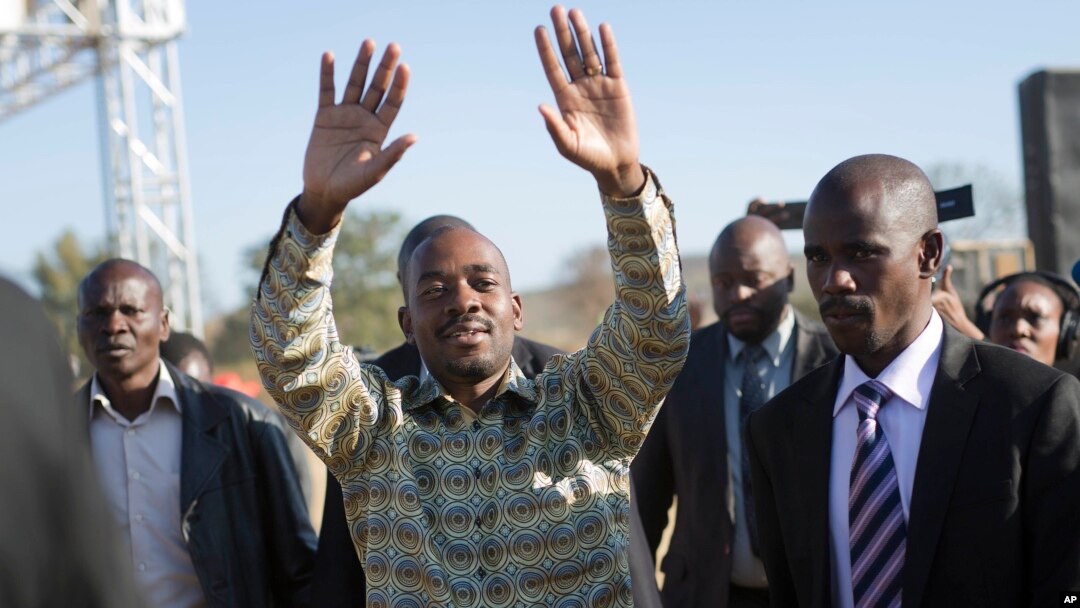
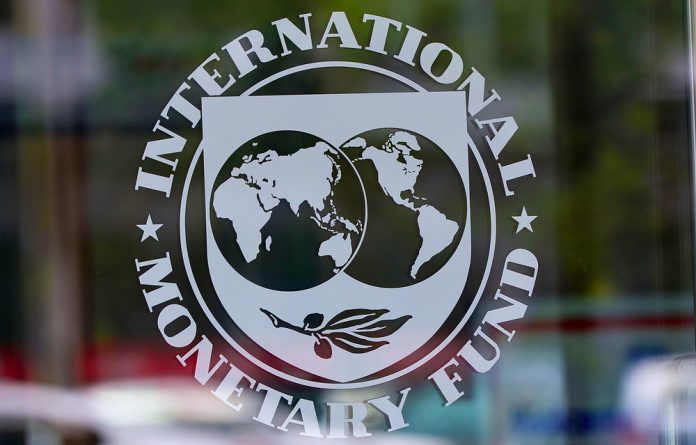

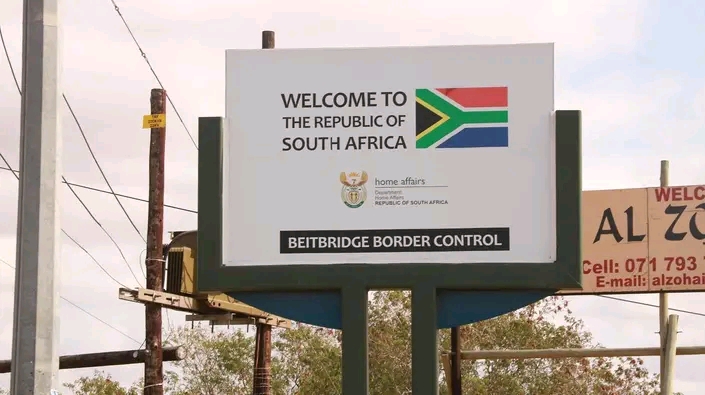

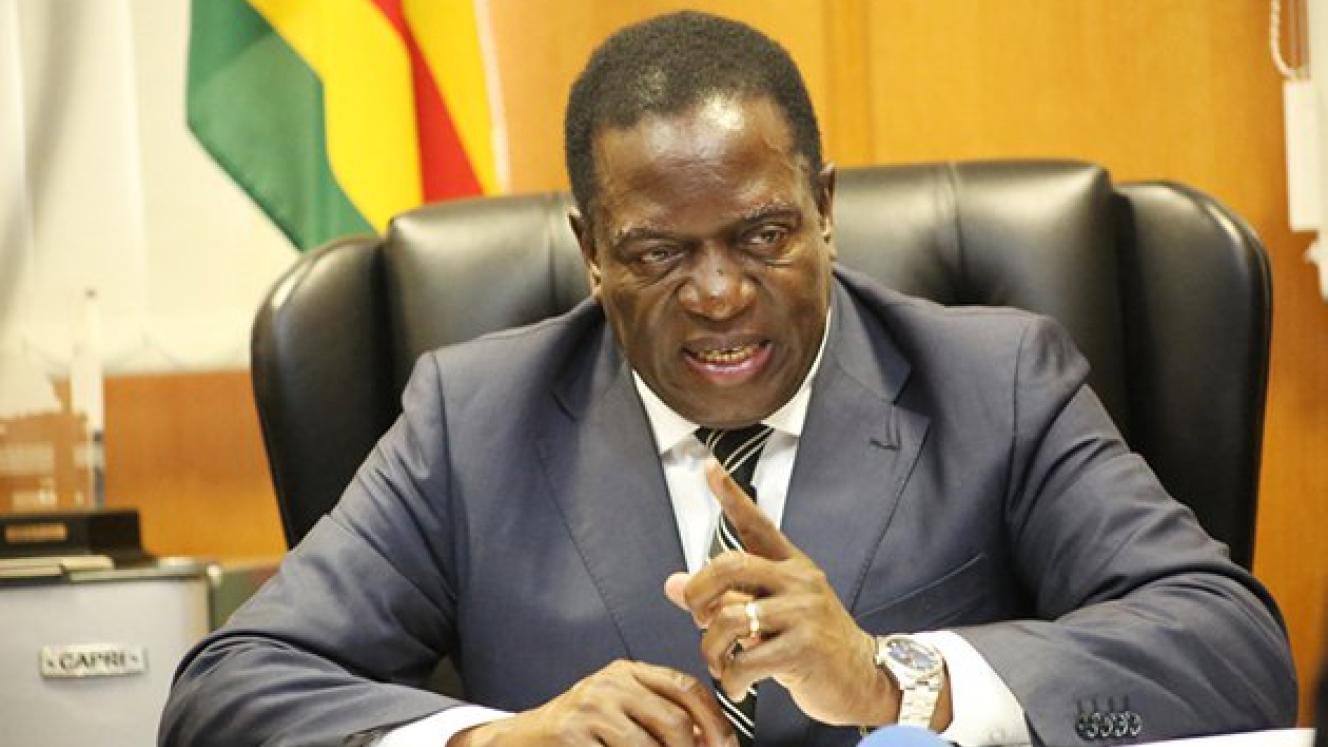

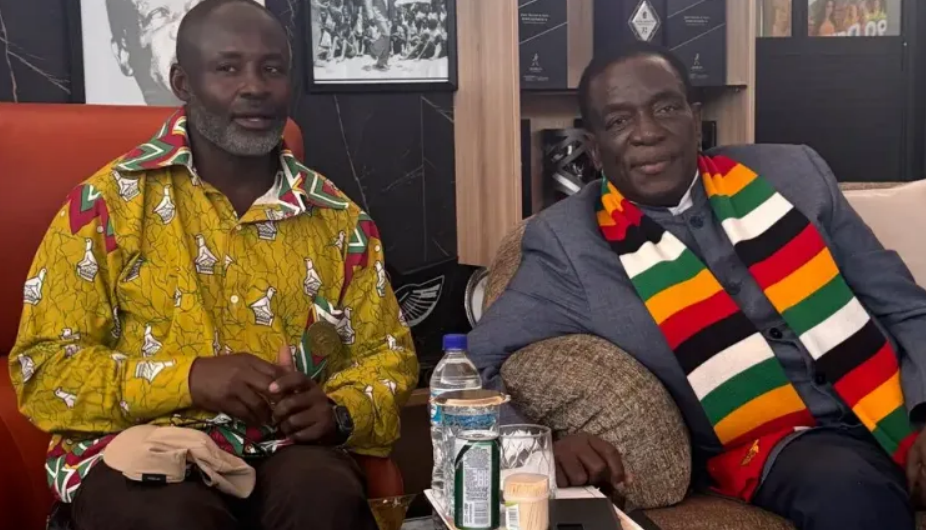

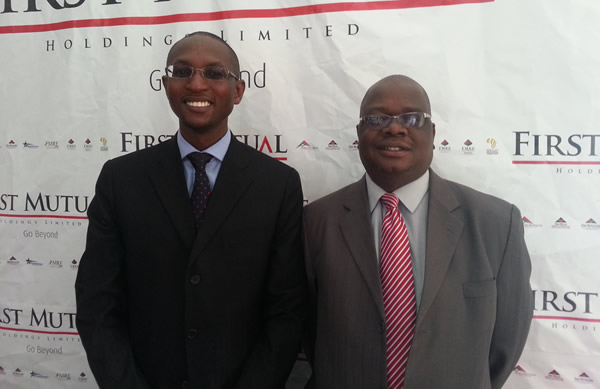
 Young Investment Professional (YIP) Graduate Programme 2019
Young Investment Professional (YIP) Graduate Programme 2019
Editor's Pick